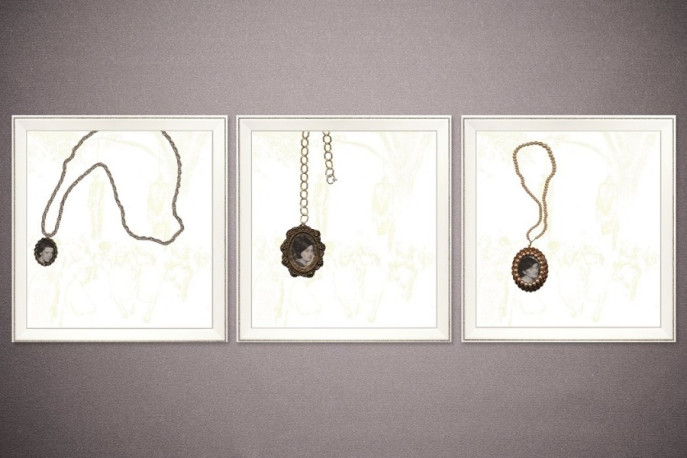
By: Ellen C. Caldwell
for JSTOR Daily
In the days following the shooting at Charleston’s Emanuel AME church, a war on words began in regards to labeling and naming the shooter. While conservative, white media framed Dylann Storm Roof as suffering from a “mental illness,” many media journalists and activists called for the necessity of using the word “terrorist.”
Artist Kerry James Marshall revisits lynching photography from the 1930s, an all-too-familiar American form of terror. These photos which were often turned into postcards that were circulated in order to spread fear and terror even farther afield, he addresses this darker and extremely relevant history with his 2002 triptych Heirlooms and Accessories.
In “Photography and Practices of Critical Black Memory,” Leigh Raiford analyzes photography and memory as a form of activism. She looks specifically to artists Kerry James Marshall and Ken Gonzales-Day who both re-appropriate lynching imagery as a reassertion and rearticulation of a much-needed collective consciousness and what Raiford terms “critical black memory.”
Composed of three prints on paper, Marshall uses a well-known black and white photo of a 1930 double-lynching in Marion, Indiana. Photographer Lawrence Beitler captured this image of Thomas Smith and Abram Shipp’s bodies hanging amidst a large, white crowd…
